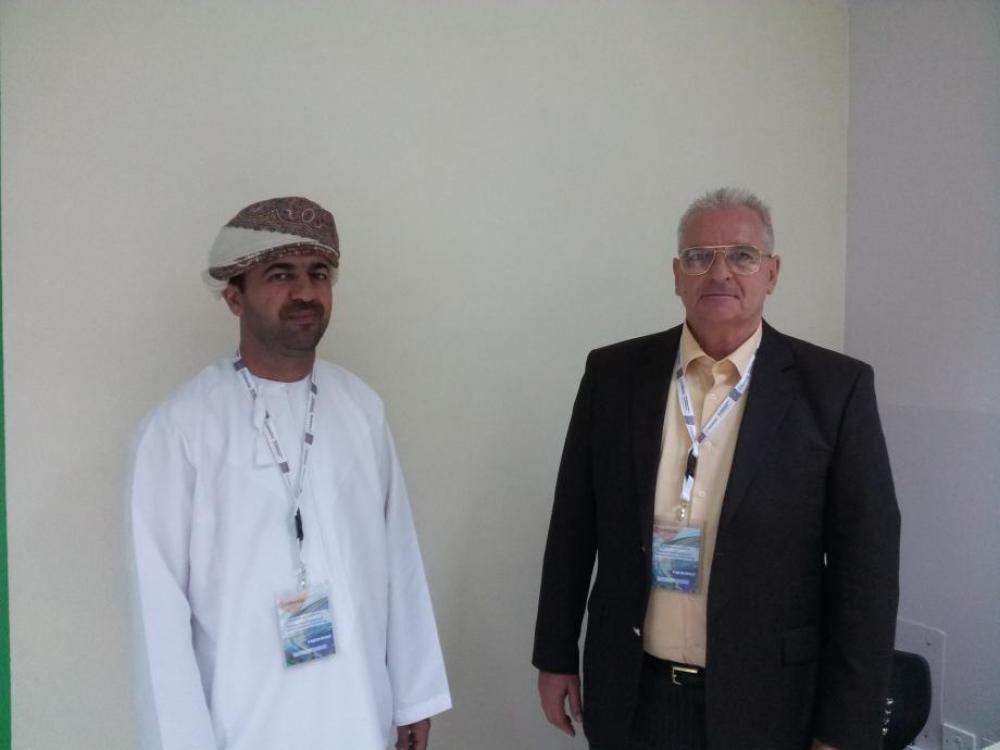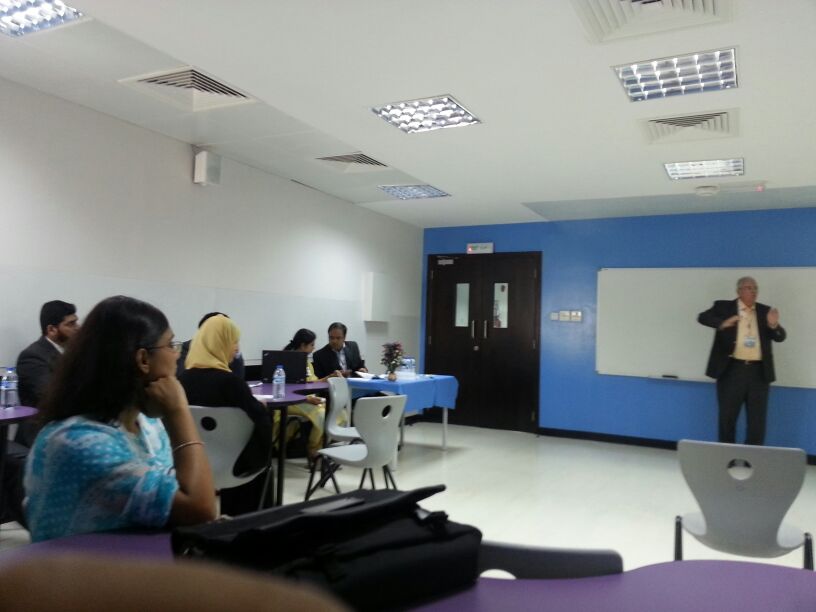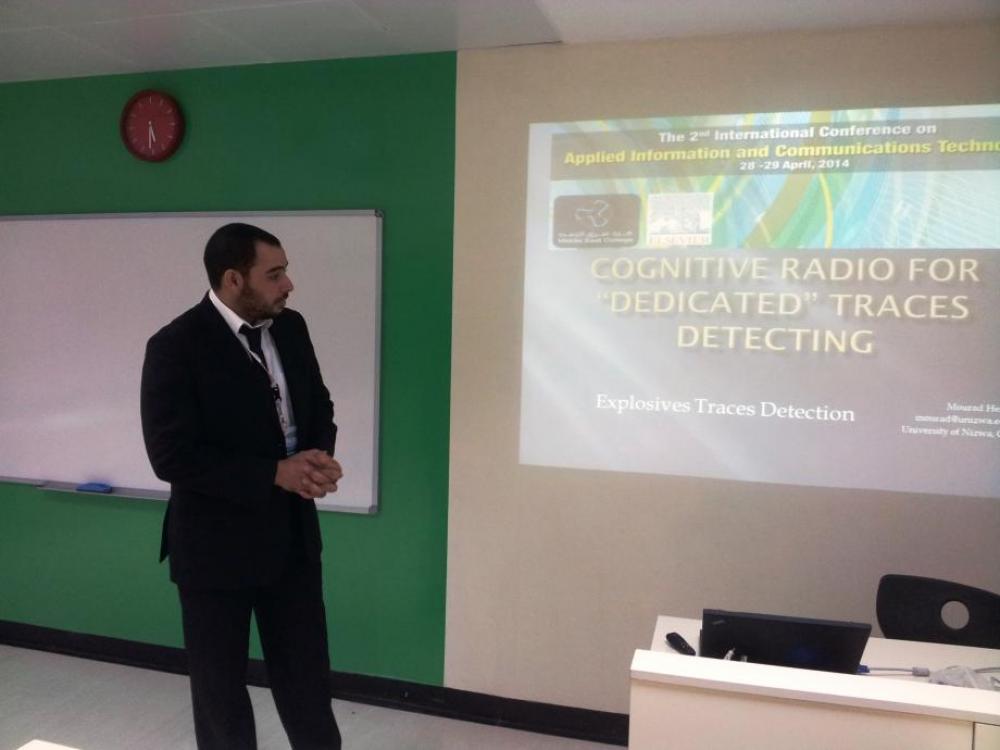| ◄ Previous | Next ► |
|
Abdullah Said Ali Al Aamri and John D Haynes At first sight it may seem unusual that the IS Management academic literature would liberally provide for a Management of Errors in Organizations. Such research has become justified with the occurrence of recently (and accumulating) serious organizational accidents and mistakes that could easily have been avoided with careful planning, such as recent devastating oil spills and major Banking organizations that have gone bankrupt, to name only two serious examples. Thus the Management of Errors in Organizations has become a recognized and important research topic. Moreover a Professorial Chair in the Management of Errors in Organizations is now on offer at a prominent university in Europe. In this paper we will outline firstly what constitutes a definition of a human error. We then distinguish between active and latent errors; the factors that lead to human errors; a discussion of an existing modelling system known as GEMS (Generic Error Modelling System) developed by James Reason; and, an outline of a proposed ICT model to assist in the reduction of failures of SMEs in Oman. Cognitive Radio for “Dedicated” Traces Detecting
Intelligence is a target aimed to be ameliorated nowadays through all new intelligent inventions and case studies. Cognitive Radio is a well intelligent tool to be used for such case study and solution implementation. This sensor network treated here, in this paper, is becoming more familiar to us; the human users. Regarding the concept of wireless sensor networks, it’s increasing remarkably, day after another, and is promising new fields of application and areas. In our paper, sensor network, based on the activity of the cognitive radio, is pre-assumed to be a reason of saving human life, from being attacked and taken via the use of explosives. Here, the realization of the system within the sensor network, we need a high scalable system with a real time communication between hopes and sensors. We are implementing a new mechanism aimed to detect explosives trace within populated areas, through the use of mobile phones as sensor nodes. The aim is to bring to life a system that assures a secured environment and giving the possibility of free movement to all. It could also be integrated in different fields of activity; isolation of suicide doers, limitation and identification of explosives and explosive manufacturing sites. Within this paper we projected the way how to achieve this enhancement in technology, based on the use of the existing technology strength via mobile telephony equipment and network, and the polymer sensors. Our work is to design and to build and integrate a cognitive radio sensor into a mobile phone, which would be working by making analysis on the surrounding RF, and also do the adjustment of the spectrum of use. This system would act as programmed at the time it detects explosives within the defined area range.
|






